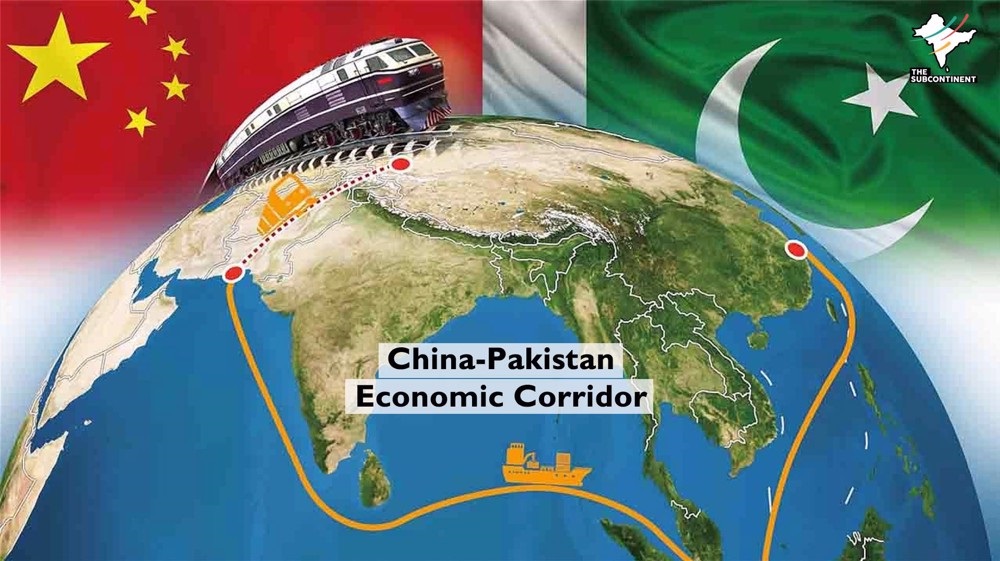In ancient times, warfare was primarily physical, but as technology progressed, it evolved into various forms. The advancement of technology played a significant role in this transformation, leading to a period of tension known as the Cold War, during which superpower nations vied for superiority in weapon development. However, warfare is constantly in flux, adapting to the changing times.
Warfare is a dynamic concept that adapts to the times, and as technology advanced further, it gave rise to the idea of “Space warfare” or “Star warfare.” While this form of warfare may seem dormant at times, its potential impact on the world is substantial. Space warfare revolves around the idea of one country asserting dominance over others. This supremacy is determined by a nation’s technological prowess and military capabilities. This article explores the intricacies of space warfare, including advancements in technology, the revolution of military affairs in space, and the role of satellite reconnaissance in modern warfare.
Evolution of Space Warfare
Warfare is a concept rooted in pursuing power, where dominance over others is the ultimate objective. It is an ever-evolving phenomenon, adapting to the changes of each era. In modern times, technological advancements have given rise to new forms of warfare, including space warfare. As renowned philosopher Carl von Clausewitz famously stated, “War is nothing but a continuation of politics with a mixture of other means,” highlighting the concept that war is active but in a state of inactivity.
The history of warfare reveals pivotal moments, such as the launch of the V-2 rocket missile by Nazi Germany during World War II in 1944. This marked the introduction of space weapons, laying the groundwork for future developments in space warfare.
The Soviet Union’s launch of the Sputnik-I missile in 1957 escalated tensions, initiating the space race and sparking the Cold War competition between the United States and the USSR. The US, astounded by the Soviet Union’s technological prowess, responded by establishing the National Aeronautics and Space Administration (NASA) and launching strategic initiatives like the Intercontinental Ballistic Missile (ICBM), exemplified by the Conair B-65 Atlas.
The Gulf War of 1991 is often regarded as the first space war, characterized by extensive satellite usage by the United States and its coalition allies. Satellite technology, particularly the Global Positioning System (GPS), played a crucial role in navigation, target acquisition, and strategic positioning during the conflict.
Overall, the evolution of warfare into the realm of space underscores the importance of technological innovation and strategic prowess in modern military operations. As nations continue to advance their space capabilities, the prospect of space warfare remains a significant consideration in global security.
Treaties and Agreements Related to Space
As humanity’s exploration of space continues to advance, international cooperation and regulation have become imperative to ensure the responsible and peaceful use of outer space. A series of treaties and principles established under the auspices of the United Nations (UN) serve as the cornerstone of this regulatory framework, shaping the conduct of nations and safeguarding the future of space exploration.
The Outer Space Treaty, signed in 1967, stands as the foundational document governing space activities. Enshrining principles such as the peaceful use of space and the prohibition of weapons of mass destruction in orbit, this treaty has been ratified by over 100 countries, making it a cornerstone of international space law. Complementing the Outer Space Treaty are several other agreements addressing specific aspects of space exploration. The Rescue Agreement ensures the safe return of astronauts, while the Liability Convention establishes liability for damage caused by space objects. The Registration Convention requires nations to register space objects launched into orbit, promoting transparency and accountability.
In addition to treaties, a set of declarations and legal principles guide various space-related activities. The Declaration of Legal Principles outlines the rights and obligations of states in space exploration, emphasizing the equitable sharing of benefits and the peaceful resolution of disputes. Principles governing broadcasting, remote sensing, and the use of nuclear power sources in space further contribute to the responsible conduct of space activities. These treaties and principles not only regulate the conduct of spacefaring nations but also promote international cooperation and collaboration. By establishing common norms and standards, they facilitate the peaceful exploration and utilization of outer space while minimizing the risk of conflict or environmental harm.
However, the evolving nature of space exploration presents new challenges that may require updates to existing legal frameworks. Issues such as space debris mitigation, resource utilization, and the commercialization of space activities necessitate ongoing dialogue and cooperation among nations. As humanity ventures further into the cosmos, the importance of international cooperation and adherence to established norms cannot be overstated. By upholding the principles outlined in space treaties and agreements, nations can ensure that the exploration of space remains a shared endeavour for the benefit of all humankind.
Space Race and Space Battle
The Space Race was a period of intense competition between the United States and the Soviet Union during the Cold War, occurring from the late 1950s to the early 1970s. It was marked by each superpower’s endeavours to achieve significant milestones in space exploration and technology. Key events included the Soviet Union’s launch of the first artificial satellite, Sputnik 1, in 1957, and the United States’ successful manned moon landing with Apollo 11 in 1969.
In military terms, “space” denotes the operational domain encompassing the use of outer space for military purposes. This involves the deployment and utilization of satellites for communication, navigation, reconnaissance, missile warning, and weather monitoring. Military space operations entail offensive and defensive strategies, such as anti-satellite (ASAT) weapons, space situational awareness (SSA), and the protection of space assets. The military’s utilization of space is critical for enhancing the armed forces’ effectiveness, coordination, and capabilities, furnishing a strategic advantage in contemporary warfare.
Space warfare signifies the evolution of the space race, transitioning from peaceful exploration to potential military conflict. Future wars may be fought not on terrestrial battlefields by troops, but among spacecraft, transforming them into instruments of warfare. Space has thus become the next formidable frontier of the battlefield. Unlike conventional warfare involving deliberate planning and trench digging, future conflicts will be rapid and relentless. Leading nations like the United States and Russia spearhead the development of space-based weapons, with China and India actively engaging in this emergent domain of space warfare.
Technological Innovation and its Threats
Technological advancements have been pivotal in the progression of space exploration and combat, simultaneously posing a threat to sovereign nations. Since 2019, the United States has focused on addressing space-based threats, aiming to both deter and maintain continuous action in space, which includes the deployment of catastrophic weapons. Similarly, countries like China and Russia are developing attack satellites to threaten other states.
China’s anti-satellite AI has demonstrated its capability to deceive targets in simulated space patterns, where AI commands three small hunter satellites to capture high-value targets. This development poses significant threats to all satellites orbiting Earth. One of the most concerning threats is the design of non-kinetic capability weapons, with Russia leading the production of such technologies. According to Euro control, the European Organization for the Safety of Air Navigation, incidents of GPS jamming or blackouts have become frequent since 2020. Russia’s GPS jamming technology uses frequency transmission devices to block or interfere with radio communications by overloading GPS receivers with spurious signals. This technology is regularly used by Russia to disrupt aircraft navigation and violate the sovereignty of NATO countries, contravening the Outer Space Treaty of 1967. The next level threat would involve hacking satellites to collect information about a country, as currently, data from all countries is stored on satellites, if that information is disclosed to enemy nations, the rapid response or strategic operation will be abandoned as they have an in-depth understanding of them.
Conclusion
In conclusion, the evolution of warfare into the realm of space underscores the significance of technological innovation and strategic prowess in modern military operations. As nations continue to advance their space capabilities, the prospect of space warfare remains a significant consideration in global security. The establishment of treaties and agreements related to space activities serves as a cornerstone of international cooperation, ensuring the responsible and peaceful use of outer space. However, the evolving nature of space exploration presents new challenges that require ongoing dialogue and cooperation among nations. Technological advancements have paved the way for new threats in space, including the development of non-kinetic capability weapons and the potential for satellite hacking, highlighting the need for continued vigilance and adherence to established norms and principles. As humanity ventures further into the cosmos, international cooperation and adherence to space treaties are essential to ensure that space exploration remains a shared endeavour for the benefit of all mankind.
Title Image Courtesy: Space News
Disclaimer: The views and opinions expressed by the authors do not necessarily reflect the views of the Government of India and Defence Research and Studies






